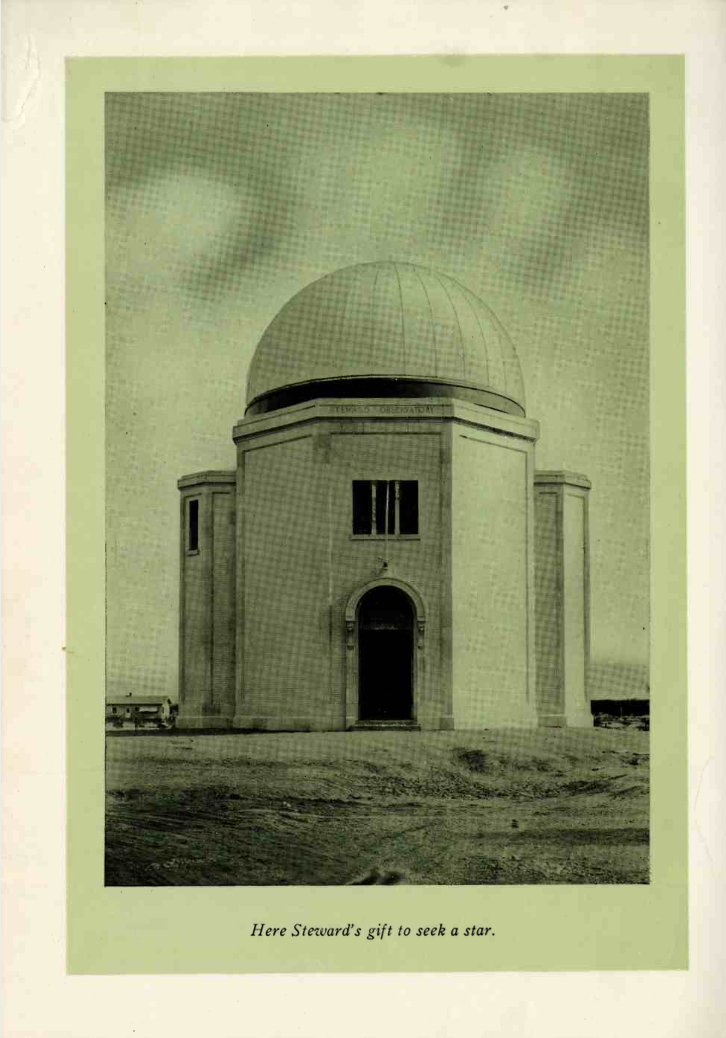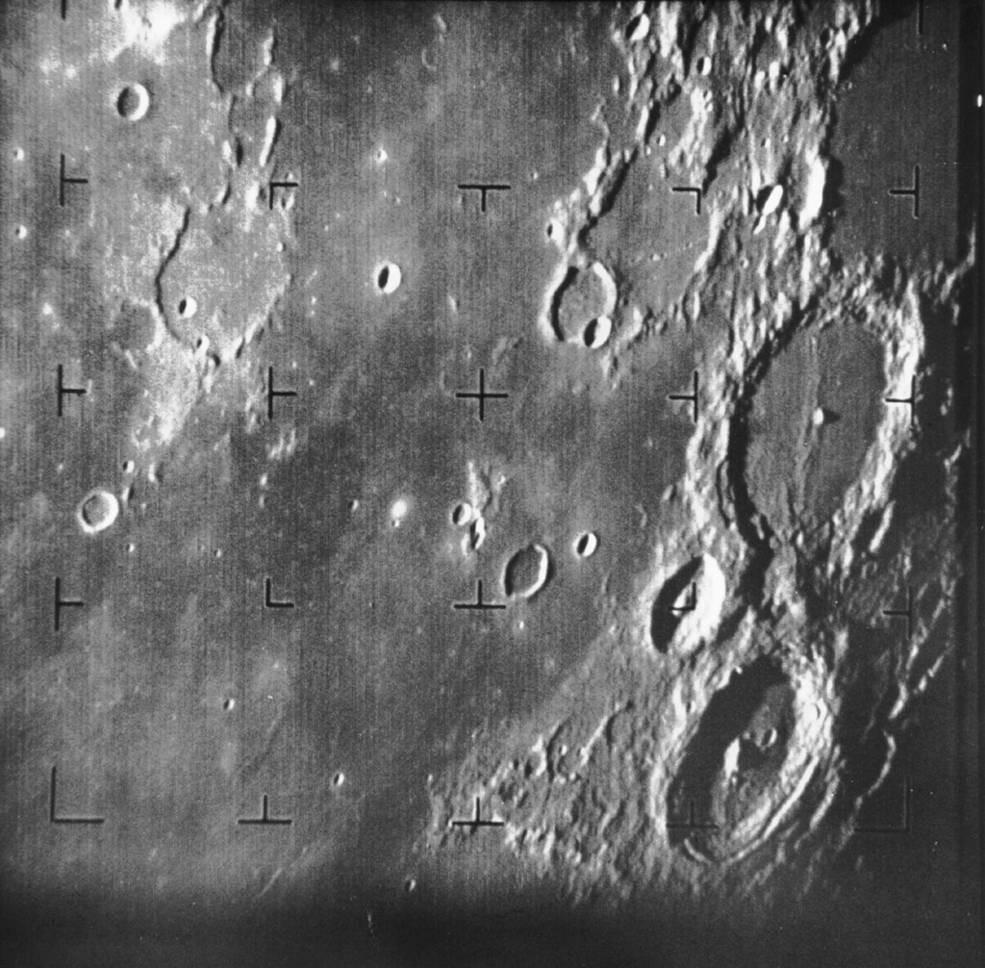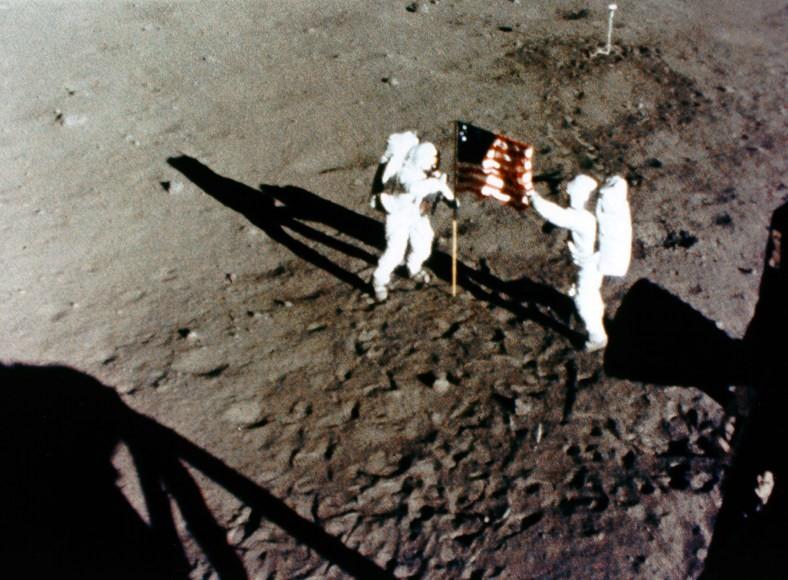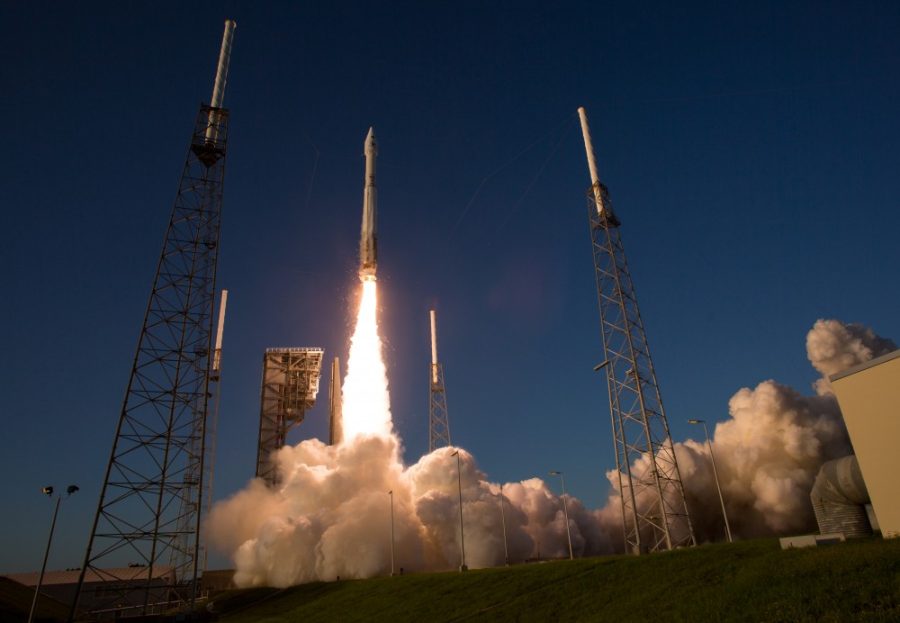The University of Arizona has a long history in the space sciences, which include the Department of Astronomy and Steward Observatory and the Lunar and Planetary Laboratory.
From helping send Americans to the moon in 1969 to creating the first spacecraft to orbit close to the sun in 2018, the university has consistently contributed to the growth of knowledge in the field.
How did we get here? The story begins way back in 1906, when the university’s observation equipment consisted only of a 4-inch refractor telescope.
The early days
When Andrew Ellicott Douglass arrived at the University of Arizona in 1906, he had dreams much bigger than the telescopes used at the time.
As a professor of physics, astronomy and geography, Douglass proposed that the university build an observatory that could rival other top institutions and allow Arizona to become a contender in the space sciences.
Soon Douglass found the perfect location for his observatory — an ostrich farm run by the College of Agriculture a quarter mile east of campus.
In 1916, Lavinia Steward gifted the university $60,000 (over $1.5 million today) to build the new observatory with a 36-inch reflector known as the “All-American Telescope” because it was the “first professional telescope … to have all its parts manufactured in the [United States].”
Buell T. Jannuzi has been the head of the Department of Astronomy and director of Steward Observatory since 2012. He was previously the director of Kitt Peak National Observatory and associate director of the National Optical Astronomy Observatory before coming to the university.
“Douglass gave us our mission statement. He said, ‘I want the Steward Observatory to live, and in living, it must grow, and in growing, it must produce results,’” Jannuzi said. “’Its use for classes is fine, its use for the public is fine, but it will not live without scientific results.’”
Steward Observatory was formally dedicated to the university on April 23, 1923, at an official ceremony complete with the university marching band and quartet.

“The real story for why the space sciences, I think, are strong here is that we had a geographic advantage,” Jannuzi said. “The mountaintops allowed us to develop world-class facilities, which attracted great people, which developed technology and facilities, which produces science which attracts more great people.”
The geographic advantages coupled with the clear skies and low humidity in Tucson made the city more than suitable for observing the night sky.
Tucson, at the behest of the International Dark-Sky Association, instituted a lighting conversion plan that was completed in 2018 and decreased lumen output from street lights by 63%. Not only is the city “saving millions of dollars in annual energy costs,” but the local wildlife and astronomy observers are benefiting as well.
The Space Race
Peter Smith is a professor emeritus at the LPL where he holds the inaugural Thomas R. Brown distinguished chair in integrative science.
Smith worked on the Pioneer Venus Project in 1978 and the Cassini-Huygens camera system in the late 1980s before leading his own mission in 2008 called the Phoenix Mars Mission. Smith has also played integral roles in both the Mars 2020 Perseverance rover and OSIRIS-REx missions.
But before all that, Smith remembers when the prospect of going to the moon was still science fiction.
“It was the race with the Russians to try and make sure that we were the winners of the Space Race,” Smith said. “The penalty of losing it is, all of a sudden, there’s Russian orbiters over our country. And God knows what they’re doing, so it was kind of scary.”
On October 4, 1957, citizens of the United States watched in horror as the Soviet Union satellite Sputnik 1 launched across the sky over American soil. They were in for an even bigger shock when cosmonaut Yuri Gagarin became the first human in space to orbit the Earth on April 12, 1961.
On May 25, 1961, former President John F. Kennedy told Congress and the nation, “I believe that this Nation should commit itself to achieving the goal, before this decade is out, of landing a man on the Moon and returning him safely to Earth.”
The National Aeronautics and Space Administration would achieve this goal of landing two American men on the moon on July 20, 1969.
That achievement never would’ve come to fruition without the work of Gerard P. Kuiper and his fellow researchers at the University of Arizona.
When Kennedy announced his plan to send Americans to the moon by 1970, there was hardly any data on the subject. No one thought the moon was important enough to study, and many scientists at the time thought it was composed of only dust that would make landing on it impossible.
Kuiper was one of the only people in the world with an interest in the moon, and his plan was to map the surface to figure out where would be most suitable to land a spacecraft.
Kuiper was a no-nonsense, play-by-the-rulebook type of scientist. He may not have been the friendliest to all his fellow researchers, but he commanded a sense of respect that transcended long after his work for the university.
The Space Sciences Building, now the Gerard P. Kuiper Space Sciences Building, was completed in 1966 with the help of NASA’s funding to create a cohesive department for the LPL. A new wave of excitement filled the air as scientists moved into the building, and Kuiper ramped up hires to acquire the best people possible to come work within its walls.
Partnering with colleagues Tom Gehrels, Elizabeth Roemer, Ewan Whitaker and Robert Strom, Kuiper began working on mapping the moon for the first time to create the Rectified Lunar Atlas, a detailed map of the moon.
They needed high-resolution photos of the moon to create the map, so the Ranger Program was launched by Kuiper to send probes with cameras to the moon.
After many failed attempts, Ranger 7 captured stunning photographs of the surface of the moon. The media was in a frenzy as the spacecraft took close photos of the moon during its approach. During a press conference later, Kuiper said, “This has been a great day for America and science.”

Scientists in the LPL were tasked with taking more photographs of the moon, creating a 3D model of the moon with regard to its geography and pinpointing the perfect location to land a spacecraft with humans onboard.
After confirming that the surface of the moon was in fact solid and astronauts weren’t in danger of sinking into ten feet of dust, the moon landing became imminent. In 1964, Kuiper predicted that walking on the moon would feel “like crunchy snow.” This was later confirmed by astronaut Neil Armstrong in 1969.
An estimated 650 million people around the world had their eyes glued to their television sets as they watched Armstrong take his first steps on the moon, and the University of Arizona solidified its place in space history until the end of time.

The university has played a major part in almost every single NASA mission since Apollo 11 launched in 1969, and the future of the program looks just as bright.
One thing that has changed, however, is the technology.
“I think the biggest advancement is the shrinking down of computer circuits and electronic circuits,” Smith said. “Now you can do a heck of a lot with a very small mass and volume, whereas before it took a lot of mass and a lot of volume to do just about anything.”
Until the mid-1970s, data was retrieved from a computer via punch cards. These were rectangular-shaped pieces of cardstock that inputted data into computers by a programmer converting a program to a sequence of punched holes.
“You would type in one line for each card, and a program might be a thousand cards,” Smith said. “You would take your program over, put it in the input window, wait and then you go to the output window, and out would come a big stack of output, and that was how we ran our programs.”
The computer required constant maintenance, which in turn required more people to be in charge of it.
“We had to hire a lot of people just to do all the work involved in this kind of clunky system, which was at that time very modern because we didn’t use slide rules anymore,” Smith said. “We had the calculators and eventually we got a computer in our own department, believe it or not, and we could run our own programs.”
The future
U.S. News & World Report ranked the university 11th for the best space sciences program in the 2021 Best Global Universities ranking. The university’s consistent leadership in the field has allowed for more funding to be provided over the years.
“There is roughly $10 brought into the state for every $1 that the state gives the university to support our department,” Jannuzi said. “It’s over a 100 million in research dollars a year.”
Tim Swindle is the director of the Arizona Space Institute and a retired professor at LPL. He colloquially describes his job as, “helping smart people achieve their dreams” by providing researchers with the resources they need to move forward with their project proposals.
“We are launching a space institute to try to be more formal about finding ways to identify people who might be good at running missions in the future,” Swindle said. “I think we’re doing the right things to build for the next decade of success, and you don’t stay successful by doing exactly what you did before but by finding the young people with the new ideas and finding ways that they can succeed.”
Space sciences is undoubtedly a team sport, one that requires the expertise of a variety of different talented scientists. The only factor that seems to be missing is more diversity and accessibility within the field.
“Frankly, a lot of the people doing this success in the past have been white males, and we’re not going to succeed in the future if that’s all we got,” Swindle said. “We need to do better.”
Mathilde Westermann is the lead GIS development engineer for the OSIRIS-REx mission and has been working with the LPL since 2015.
“I’ve been personally really lucky to work for some awesome women,” Westermann said. “I just hope as I am in this community longer that I can pay it forward to someone else that’s in a similar position as I was when I first started.”
As women are consistently making gains in STEM occupations, leadership roles are becoming more diversified.
“Keep the women coming,” Westermann said. “I also think we have a long way to go in making sure that people of color have a place here and solid representation.”
The university will continue to grow and thrive in the space sciences over time, and enthusiastic leadership in faculty will drive that growth for years to come.
So why is the university so excellent in the fields of astronomy and planetary science? Well, according to those who work in them, we have the best people in the world here.
“Mission work relies heavily on teamwork because really nothing that we can do can be done by any given individual,” Westermann said. “It really takes a whole team, and we have a great team at the UofA.”
Follow Sydney Jones on Twitter















